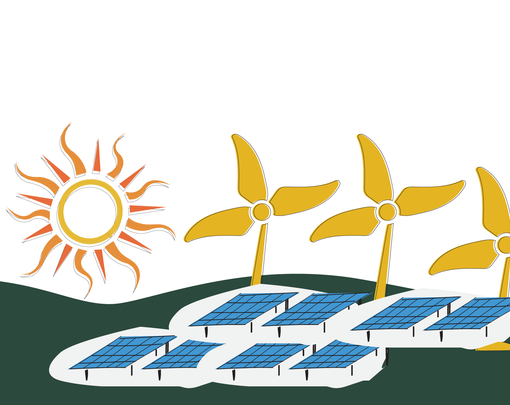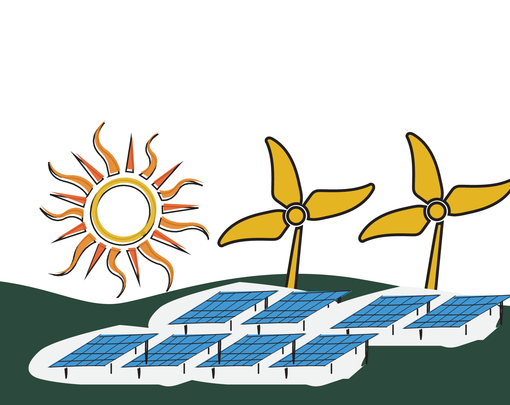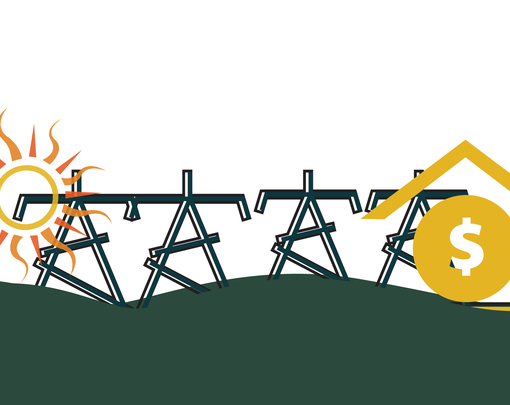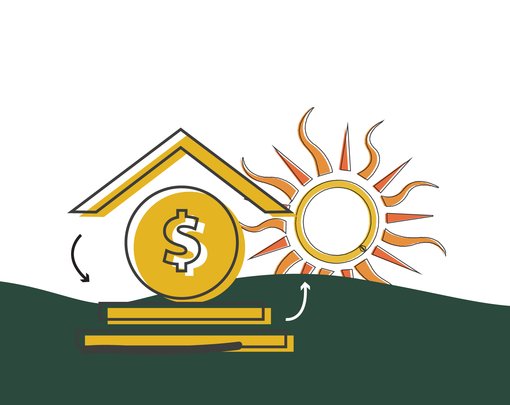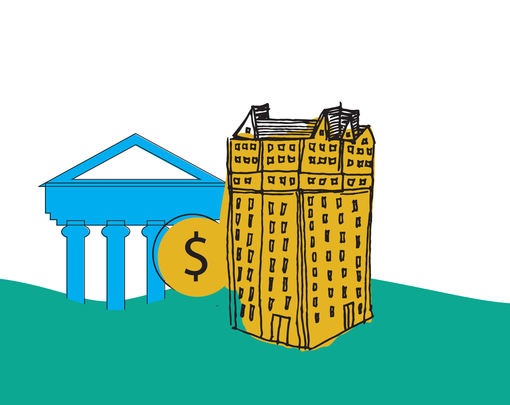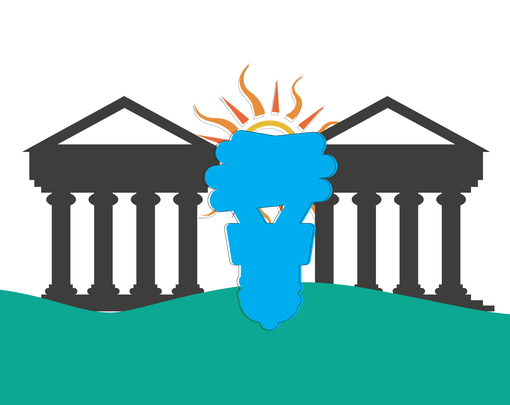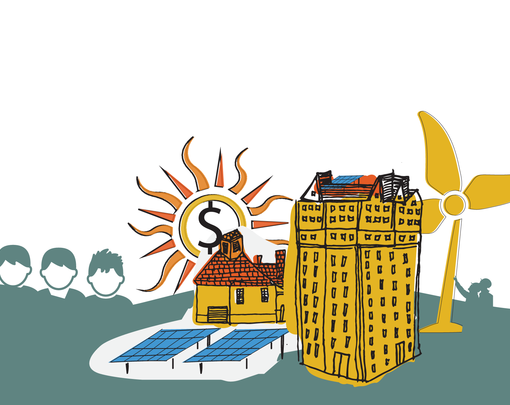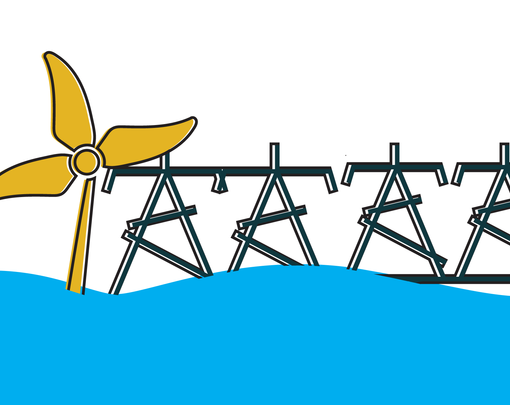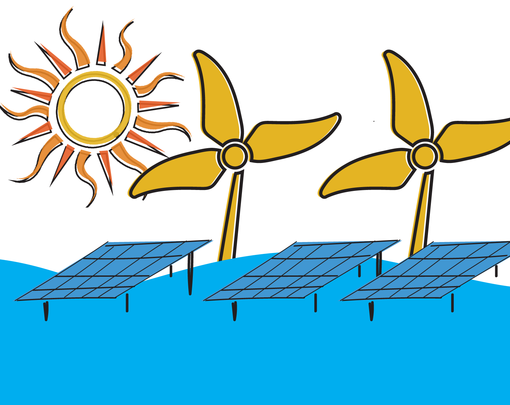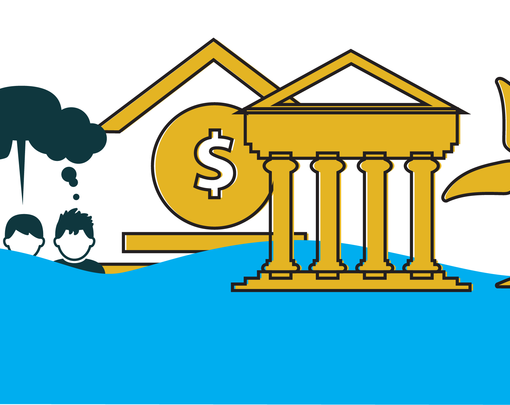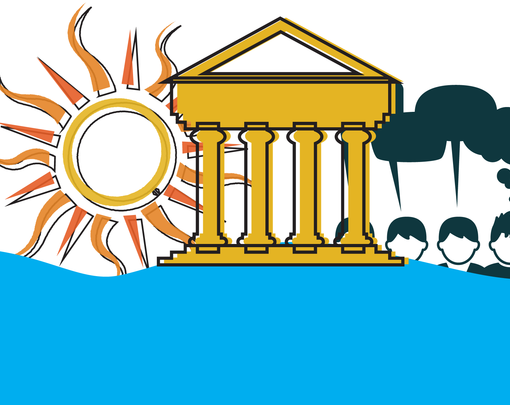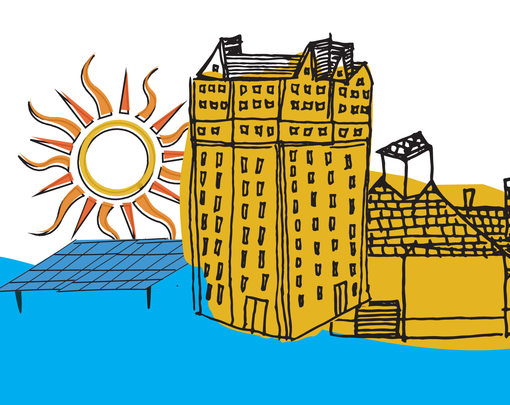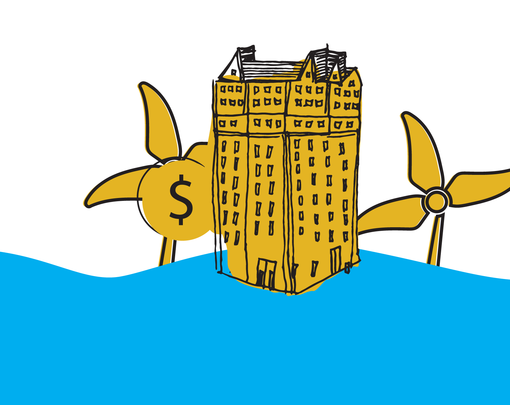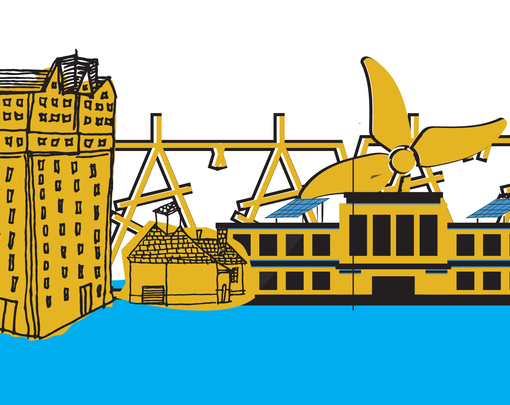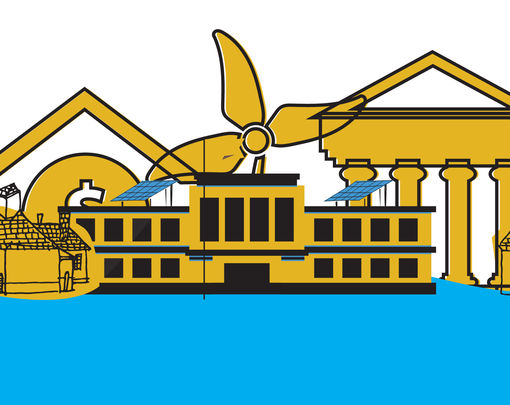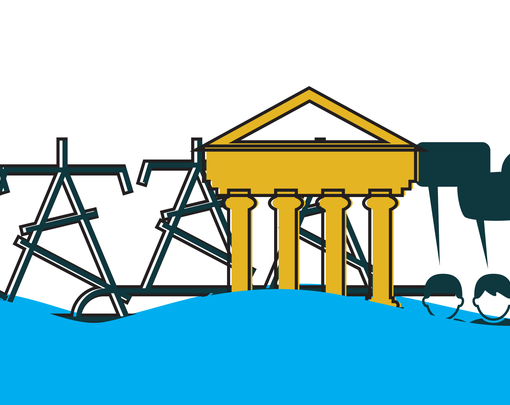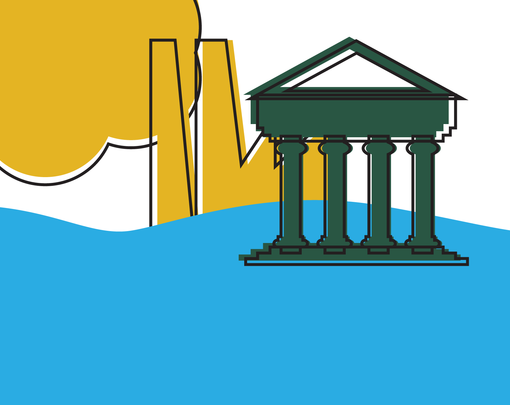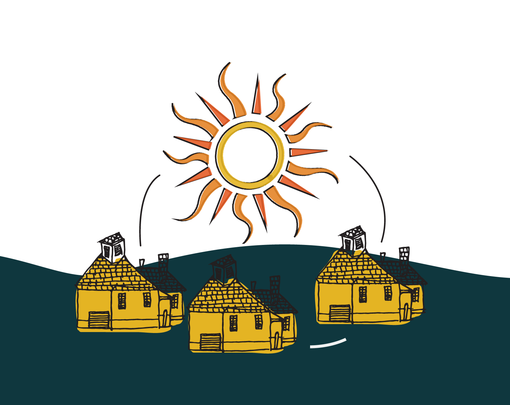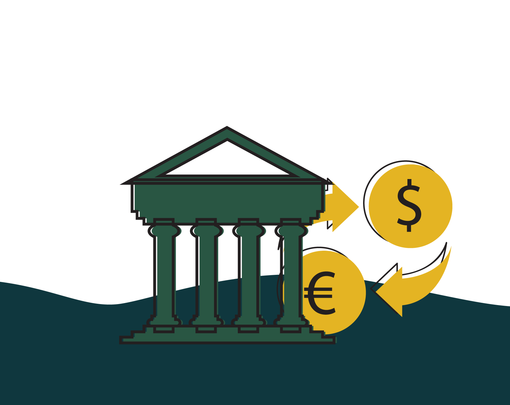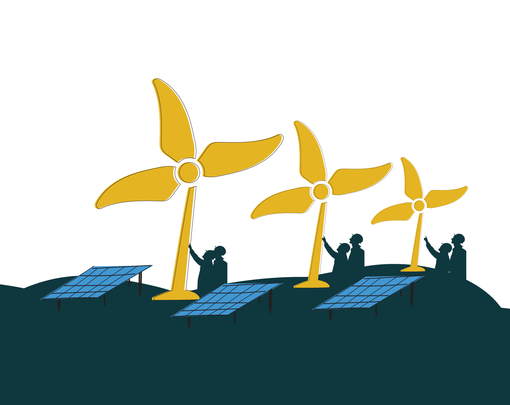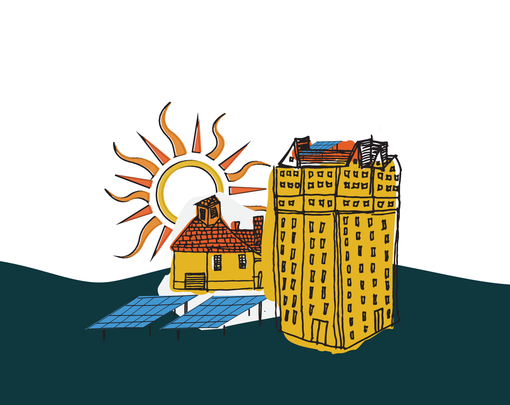Allows low-income residents without access to upfront capital or credit to finance energy improvements through the anticipated savings that will be realized on their lower bills.
Policy Support:
Policies that require utilities to offer this option and that establish appropriate institutions to manage the credit that is extended with adequate consumer protections.
Build Capacity?
Crucial for financial inclusion, but requires supplemental outreach/organizing/support mechanisms to connect people to resources and build a constituency; offers a publicly-controlled/non-profit financing mechanism that sidesteps banks and private capital, and which can help strengthen and scale Community Development Financial Institutions (CDFIs).
Risk & Drawbacks?
At its heart, still a debt-based mechanism, with all the risks that entails. Relies on a complicated stack of other policies in order to work, especially for renewable generation, where (virtual) net metering needs to be in place in order to make this possible.
Inspiring Examples:
Green Jobs - Green New York, a program in which on-bill financing makes energy upgrades available to homeowners who would otherwise not be able to afford them. Firms performing the retrofits must meet labor standards for good jobs, and local intermediaries are empowered to engage in community outreach.

